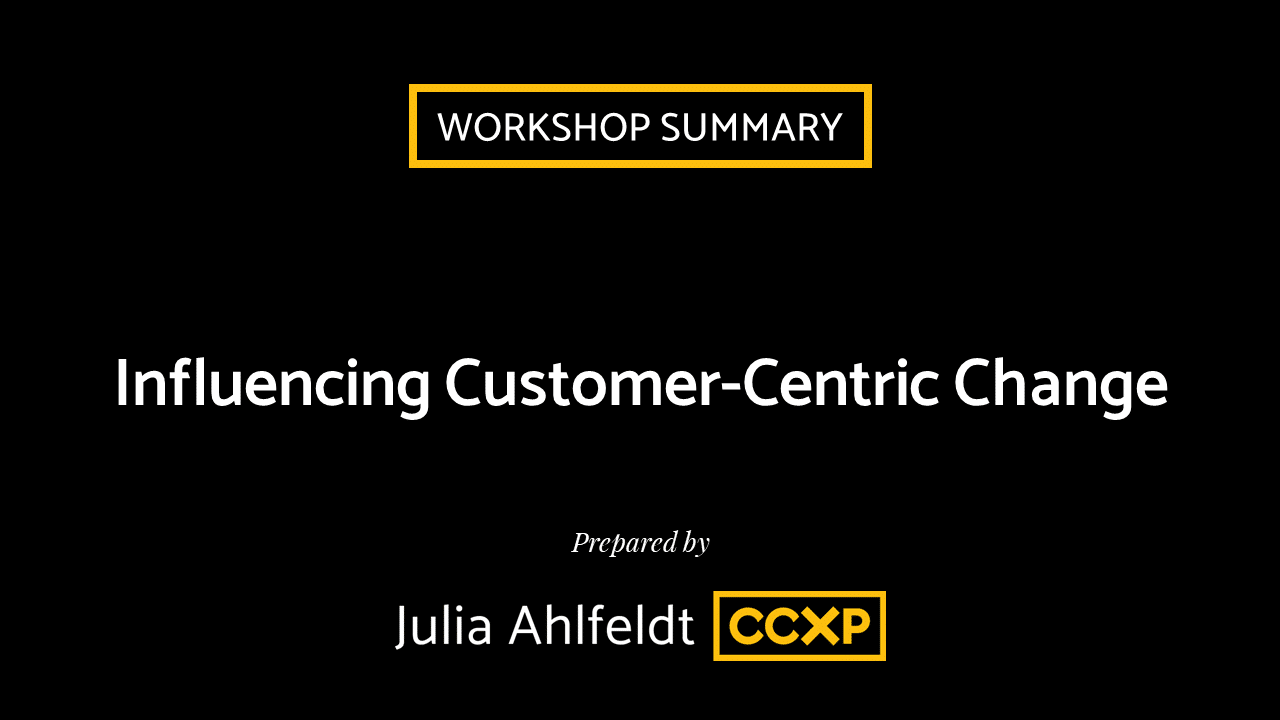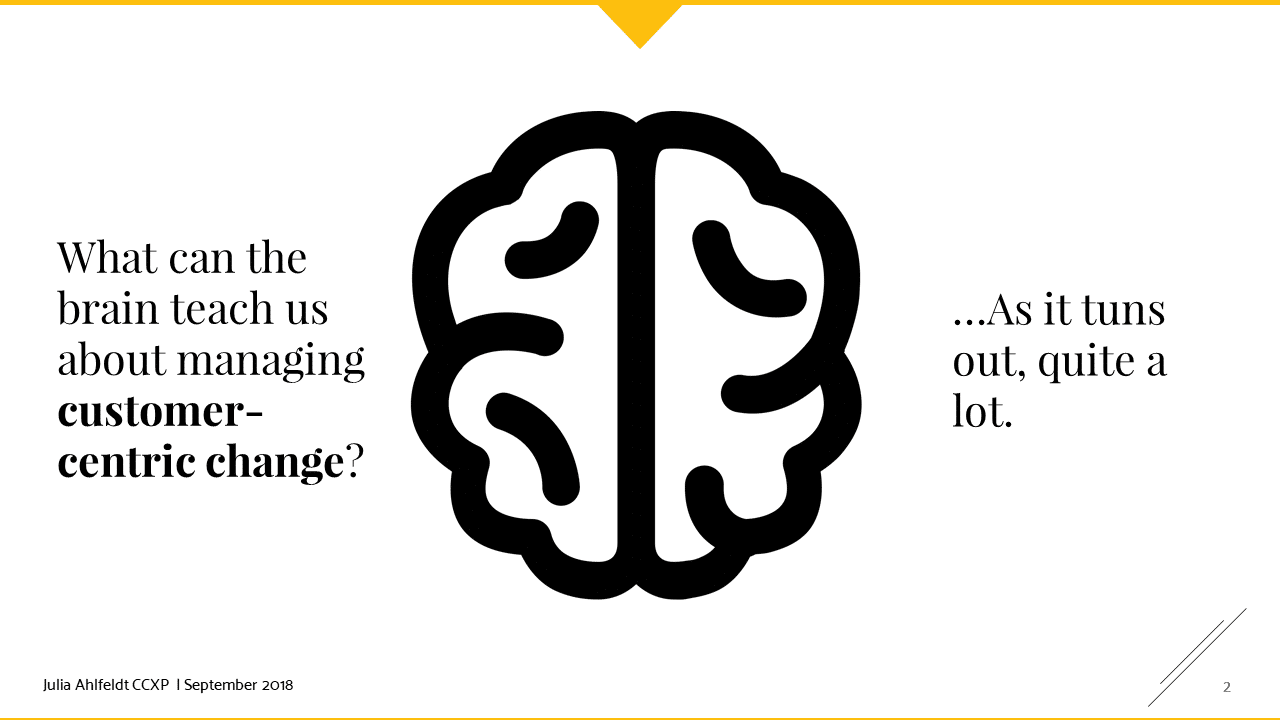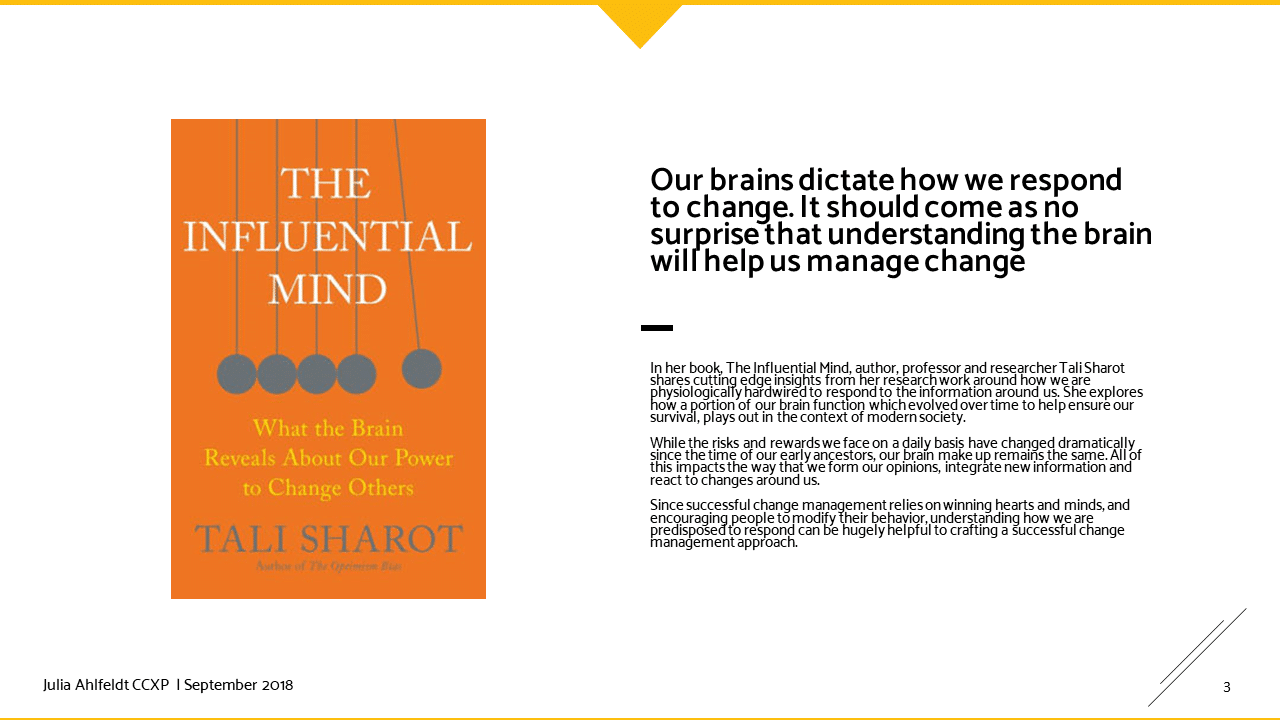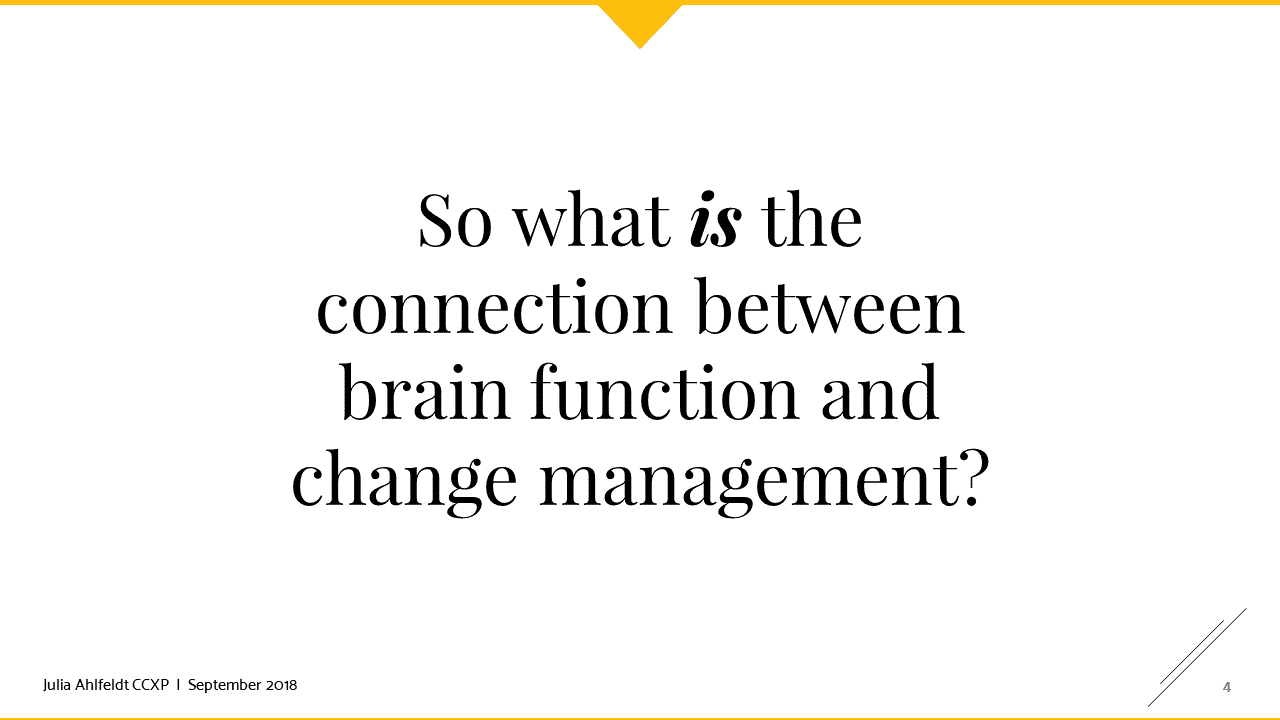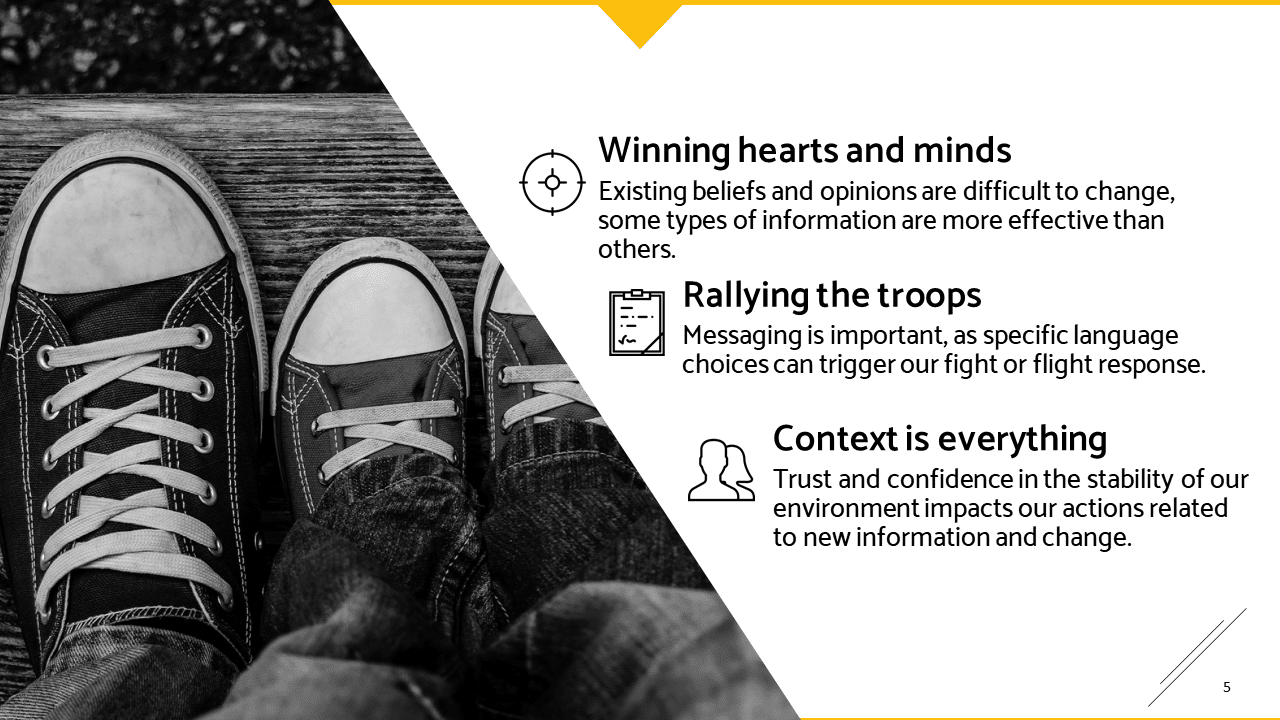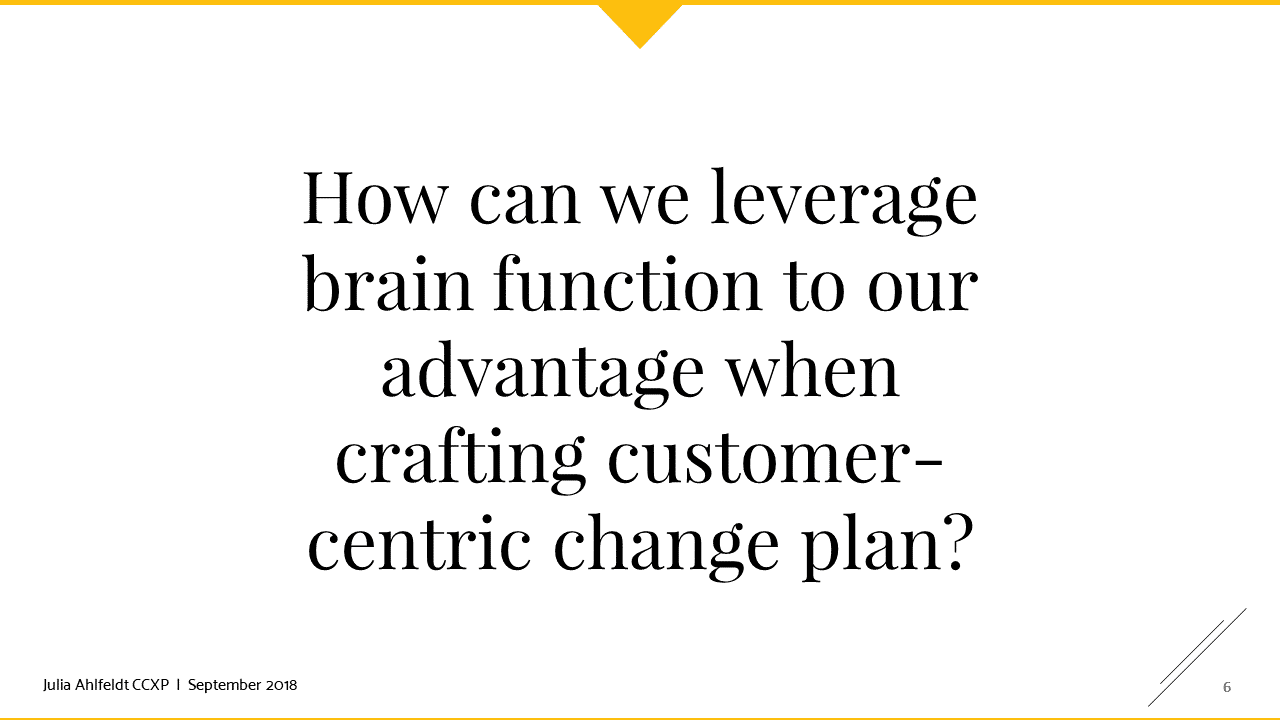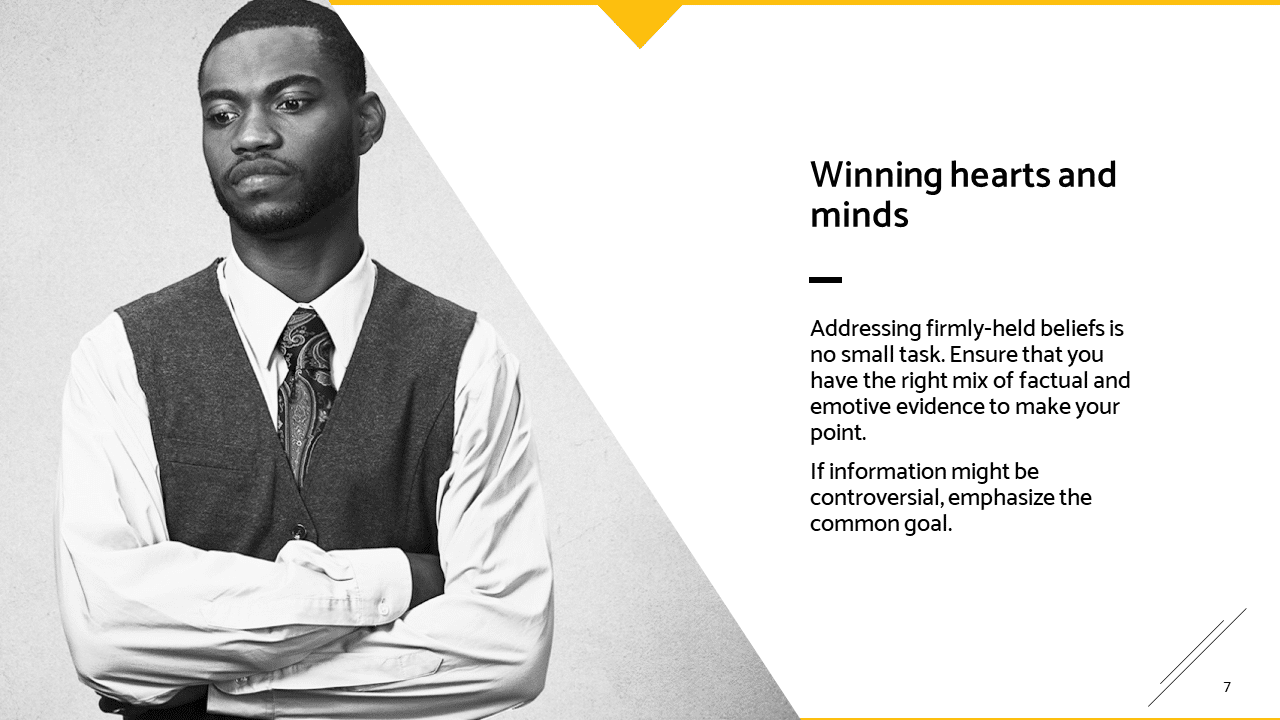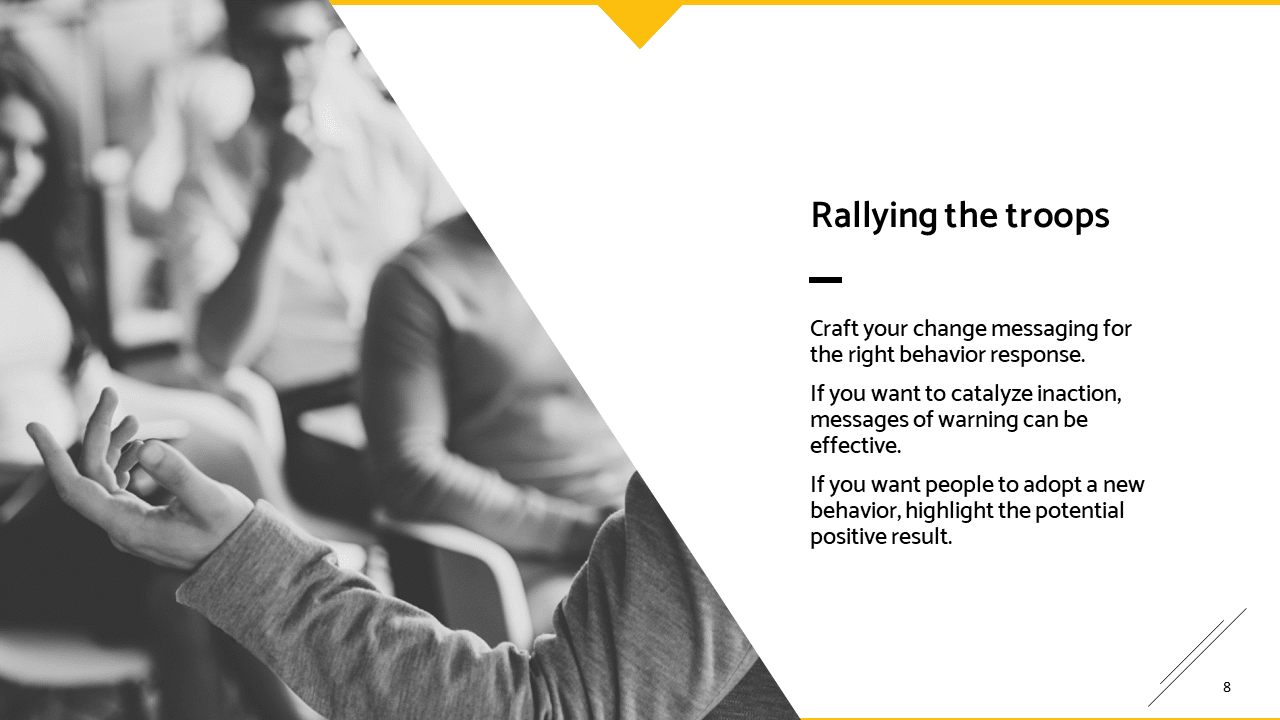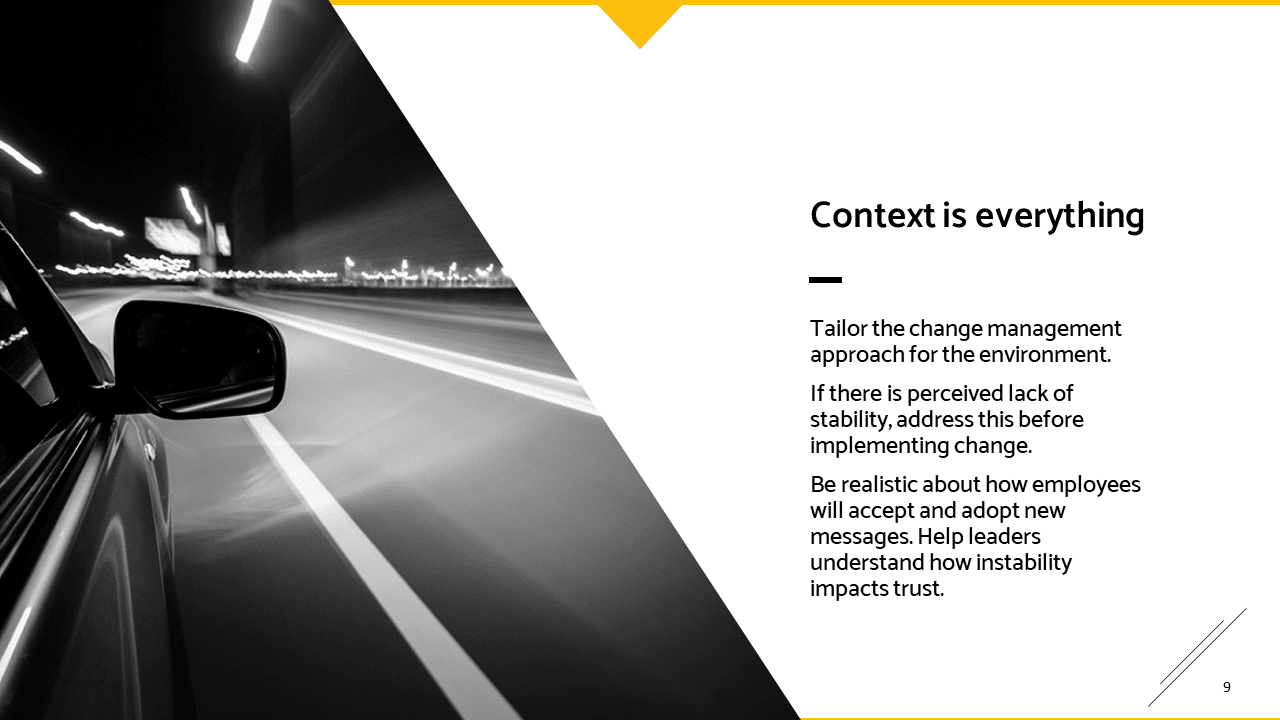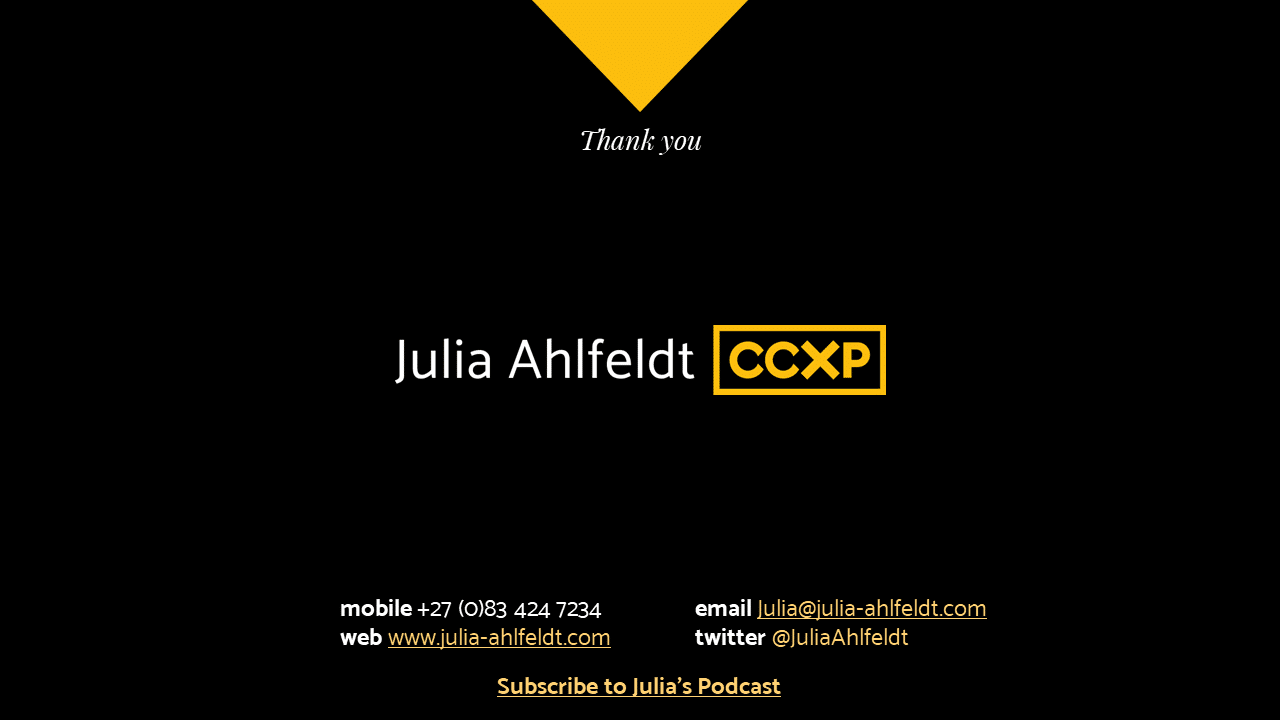A CX professional is part strategist, part diplomat and part change influencer. Of these, driving customer-centric change is one of the most important, yet daunting tasks. Several months ago, I read the book, The Influential Mind by Tali Sharot, which sparked some new thinking about ways that CX professionals can win the hearts and minds of business stakeholders.
I found this book on a lark. It popped up on a summer reading list of books suggested by Stanford professors. The title sounded intriguing and as I dove in, I realized that many of the key points were applicable to CX change management.
Inspired by what I had read and excited to share the insights with others in my field, I developed a workshop around this topic, which I delivered for the first time at the CEM Africa 2018 conference. Since giving this workshop, I’ve received several requests to share the key points, so here they are!
What can the brain help us understand about change management?
As it turns out, quite a lot. We are physiologically hardwired to respond to the information around us. This portion of our brain function evolved over time to help us protect ourselves from potential dangers, while seeking that which would benefit our survival. For example, we are predisposed to hold onto existing beliefs because from an evolutionary perspective, these beliefs (e.g. the understanding that fire can be dangerous) were often formed around core principles that kept us safe.
While we are no longer fighting for survival on a daily basis, these aspects of our brain are still with us and impact the way that we process information, shape our opinions and respond to the change around us. Since successful change management relies on winning hearts and minds, and encouraging people to change their behavior, understanding how we are predisposed to these two things can be hugely helpful.
Focus on common goals and common experience
Often change management incorporates a component of challenging and changing existing beliefs. In the customer experience professional context, this could mean helping business leaders accept the potential commercial value in prioritizing customer needs, or helping operations staff understand that a different way of doing something might yield beneficial results.
We often turn to data to prove our point, but if we are confronting a deeply entrenched belief, which approach may backfire. Humans are hard-wired to stick with what we know to be true. The more firmly we hold an understanding, the more difficult it is to change. When trying to win hearts and minds in this context, it is beneficial to focus on common goals. In some cases, it can also be helpful to use emotive examples that give relatable context.
Tailor your message for fight or flight
How information is communicated can be just as important as what is communicated. A poorly crafted message runs the risk of falling completely flat. Again, the characteristics of the brain can help us improve the way we communicate information to yield the optimal results. Instinctively, we are programmed to avoid potential harm and seek out reward. When we absorb the messages around us to determine fight, flight or approach, the packaging of this information plays a key role. Information that is presented as aggressively negative, activates our flight response, and is more likely to make us freeze in our tracks or turn away. Conversely, information that is frames in the positive, is more likely to encourage action, as we seek potential reward.
In the context of change management, we are often asking people to do one thing, stop a particular action or otherwise alter their behavior. Understanding our human predispositions can help us optimize messaging for the desired result. If you want to catalyze action, it is best to present the information in a positive light, with a focus on the beneficial outcome. If you are looking to catalyze inaction, or get people to stop doing something, use messaging that highlights risks and incorporates a warning.
Environment is everything
Humans are constantly taking stock of their environment. From a survival perspective, it was important to understand if an environment was safe or posed potential risks. When we are uncertain about our environment, we are less likely to take a leap of faith or try something new that might be beneficial in the long run.
From a change management perspective, this is hugely important. When employees are uncomfortable or lack trust in their working environment, they might be skeptical of change. This is particularly detrimental to change management if they lack confidence in promises that have been made about the future.
When preparing for an upcoming change in a business setting, prepare leaders for the potential impact of past “broken promises”. If morale is low, address this before implementing major customer experience change programs.
These insights about our brain can help CX practitioners maximize their efforts to influence customer-centric change. Small adjustments to our change management approaches can have a big impact on the long-term success of our efforts. For more information about Tali Sharot’s research, I encourage you to read her book.
Julia Ahlfeldt is a Customer experience expert and business advisor. Julia leverages her knowledge of global best practices and understanding of the local market to unite organizations around the customer. To learn more about her services, click here or contact her directly to find out more about her workshop offering, which can be customized to meet and organization’s specific business needs.
